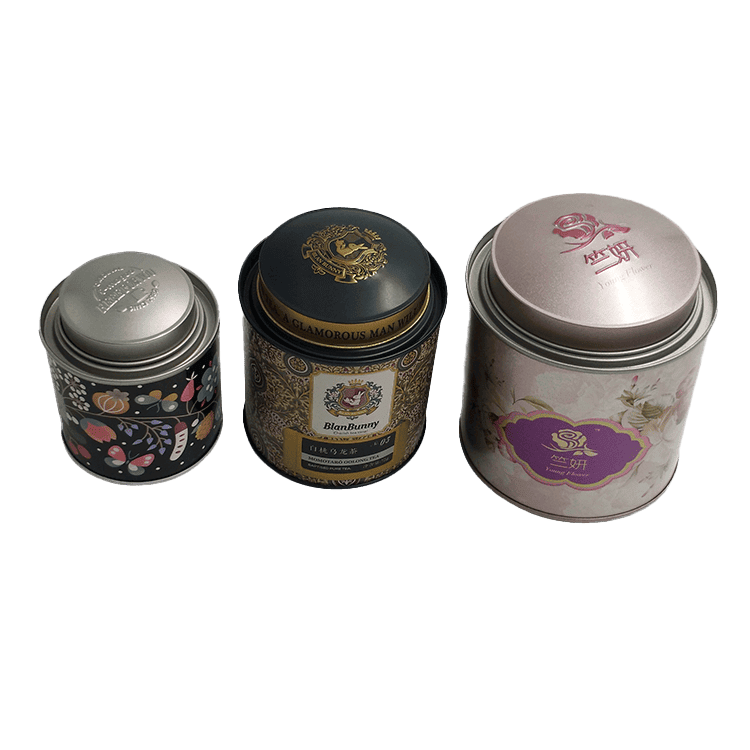
1. Monochromatic Color Schemes:
Utilizing simple and understated color palettes,
often with a single predominant color or neutral shades,
to create a clean and harmonious visual appearance.
2. Modern Typography:
Implementing clean, sans-serif typefaces
and minimalist lettering to convey product information
and branding,focusing on legibility and visual balance.

3. Negative Space:
Incorporating strategic use of negative space to create a sense of simplicity
and elegance, allowing key design elements to stand out.
4. Subtle Embossing or Debossing:
Adding textural interest through subtle,
minimalist embossed or debossed patterns, logos, or typography
to create a tactile experience.
5. Geometric Shapes and Patterns:
Employing simple geometric shapes
and clean, linear patterns
to create a modern and organized visual appeal.
6. Iconography:
Using minimalist, stylized icons and symbols
to communicate product attributes or key features in a visually straightforward manner.
7. Matte Finishes:
Opting for matte finishes that provide a smooth
and refined appearance,
adding a sense of sophistication and restraint to the design.
8. Uniform and Consistent Branding:
Ensuring consistency in brand logos, imagery, and overall design elements
to maintain a cohesive and minimalist brand identity across product lines.
9. Sustainable Packaging:
Emphasizing sustainable materials, recyclability, and eco-friendly messaging
to align with minimalist principles and environmental consciousness.